Tokyo could serve as the dictionary definition of a foodie paradise. For one, it is home to more Michelin-starred restaurants than any other city on the planet (170 at last count – its closest contender Paris isn’t anywhere near at 121). It’s famous for small, hyper-focused eateries that specialise in a single cuisine, or even dish – with chefs tweaking every ingredient and measure for even the seemingly simplest serving of rice. And according to the Japan National Tourism Organization, food is the biggest reason travellers visit the country in the first place.
But with all that choice, character and tradition on offer, where do you start? From sushi and tonkatsu, to tempura and ramen, here’s where to get your foodie fix in Tokyo.
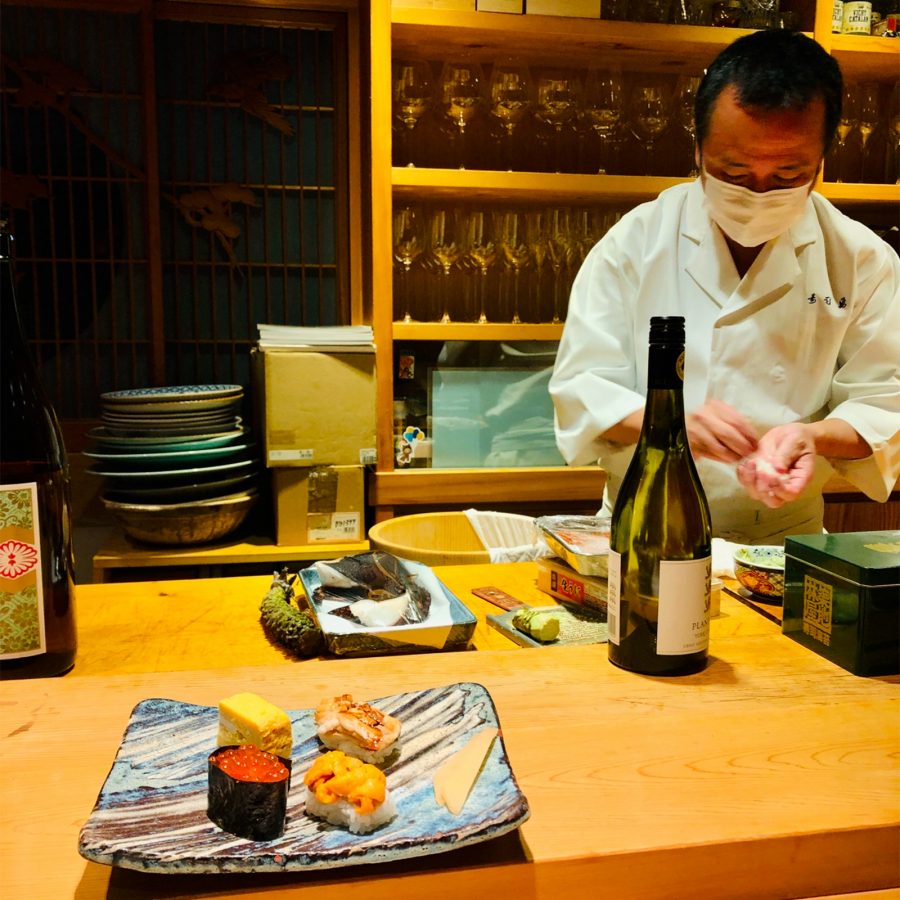
Credit: Yukari Sakamoto
1. Sushi Yuu
Pop star Dua Lipa is one among the legions who have visited a quiet residential street near Roppongi to eat at Daisuke Shimazaki's famous restaurant Sushi Yuu . The chef visits Toyosu Market every morning to ensure the tuna that reaches your plate is a textured delight. Other seasonal highlights may include shrimp, squid, flounder, ikura, eel and uni. Shimazaki is also a natural behind the counter, and converses with foreign guests in English, Italian and Russian.
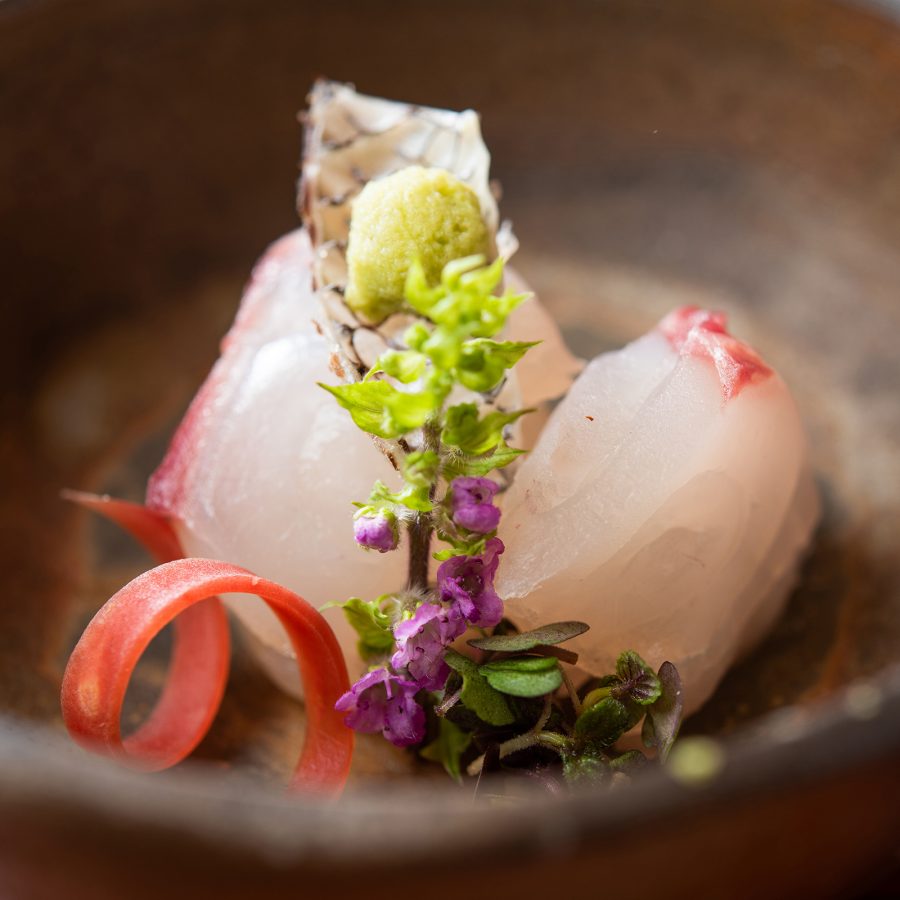
Credit: Kashiwaya
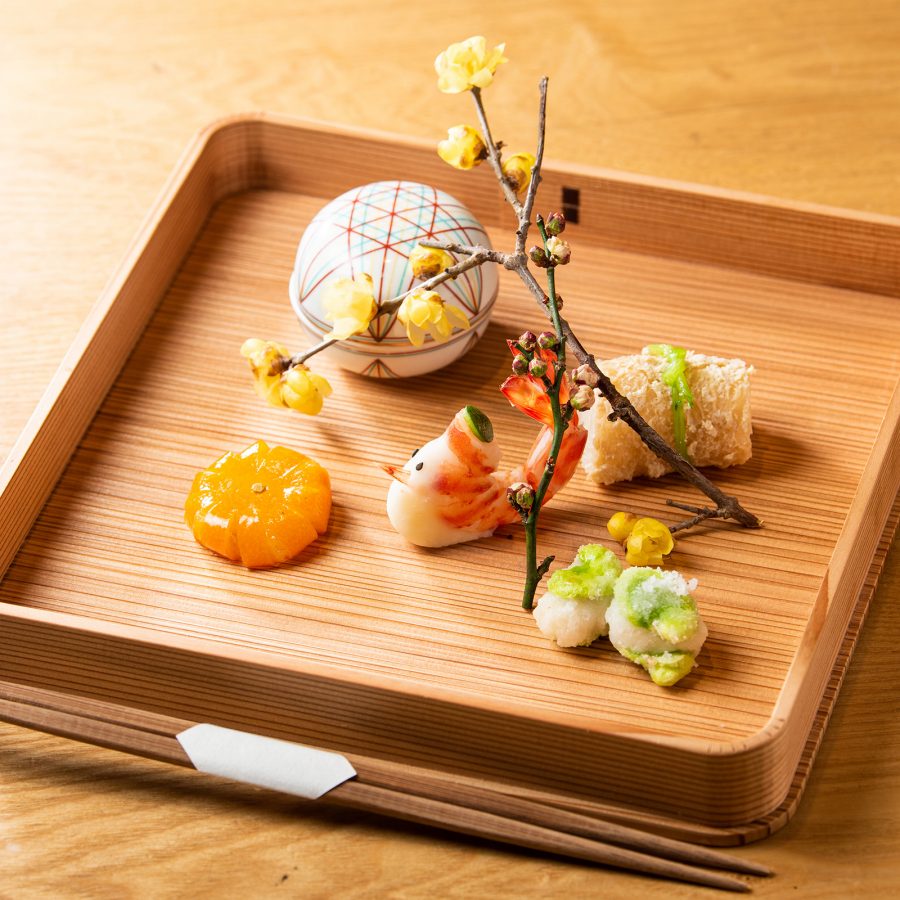
Credit: Kashiwaya
2. Kashiwaya
Set aside at least three hours for the multi-course kaiseki feast at Kashiwaya . Yoshiyuki Kashiwabara previously served as a private chef to Japanese ambassadors before unveiling his skills to the public. Set in the historic Nihonbashi Ningyocho district, Kashiwaya offers a traditional ambience with washi paper screens and attentive service. Traditional kaiseki dining can feel rigid, and visitors often pass the evening anxiously worrying about following the correct etiquette – but Kashiwabara and his wife Kaoru offer a warm, friendly environment where diners can relax and ask questions.

Credit: Honnoriya
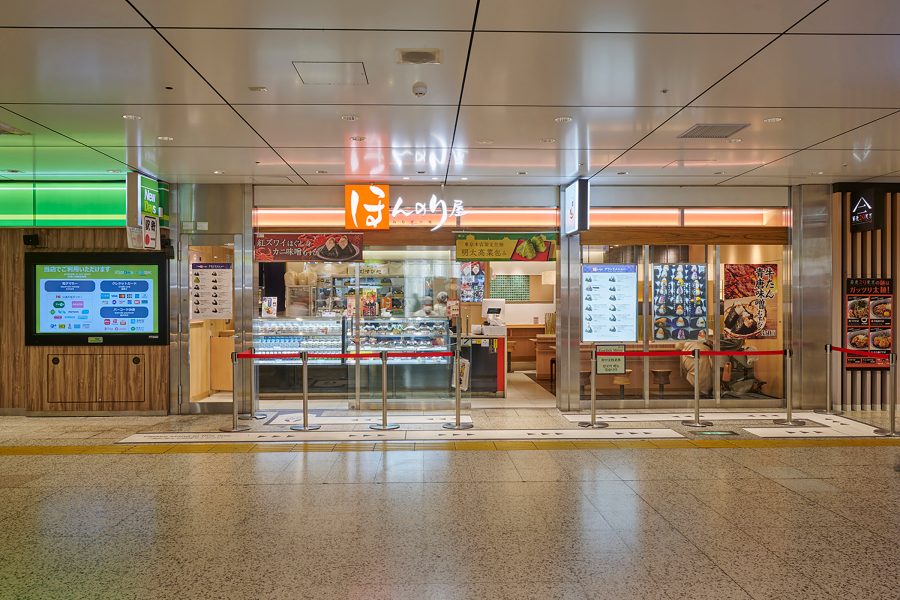
Credit: Honnoriya
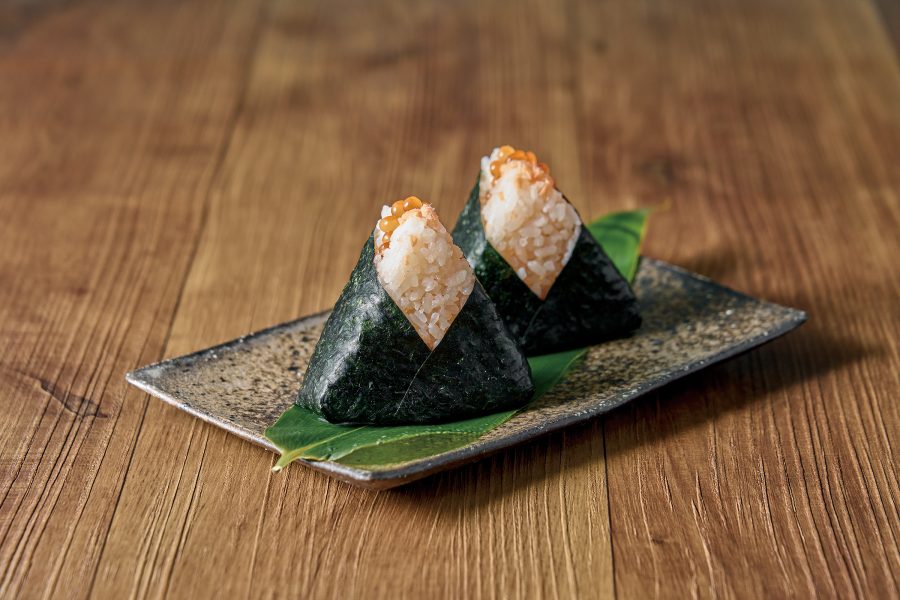
Credit: Honnoriya
3. Honnoriya
The handmade omusubi rice balls at Honnoriya come filled with a choice of grilled salmon, ikura, beef tongue or shrimp tempura. Vegetarians, meanwhile, can savour spicy hot pickled takana mustard leaf, sour umeboshi pickled apricot, or kombu tsukudani kelp simmered in a sweet soy sauce. Look out, too, for seasonal specialties such as oysters cooked in a sweet soy sauce. The main store is handily located in Tokyo Station, and many passing travellers order takeaway omusubi to enjoy aboard a Shinkansen bullet train.
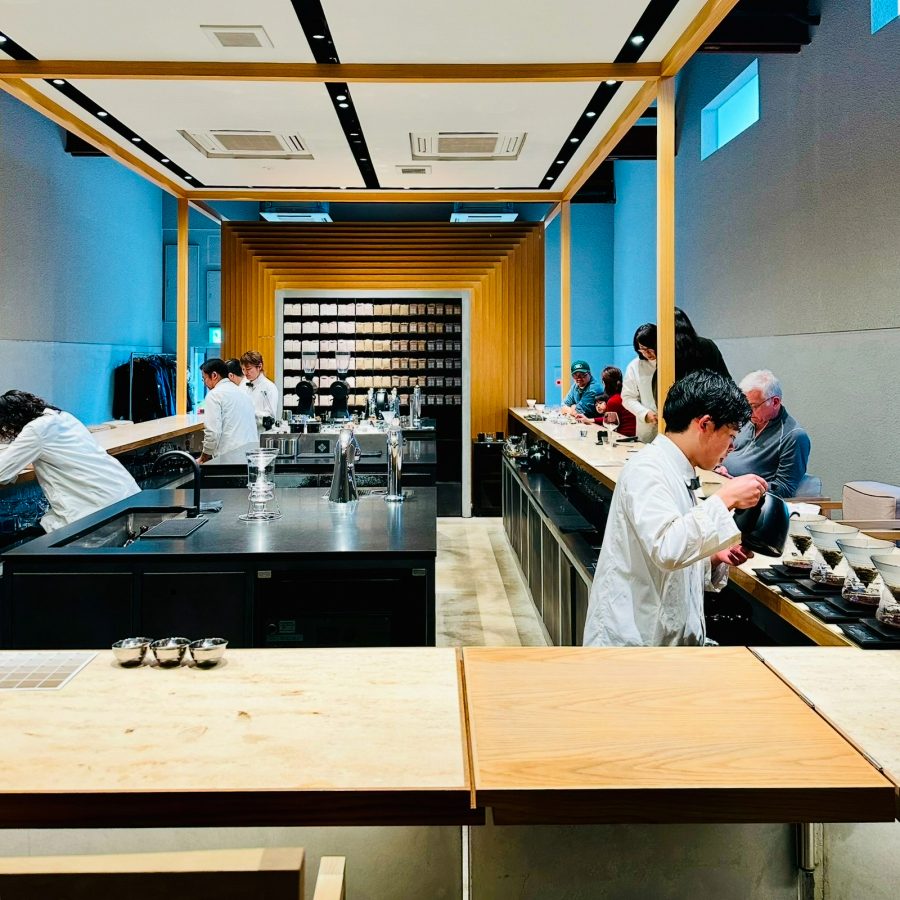
Credit: Yukari Sakamoto
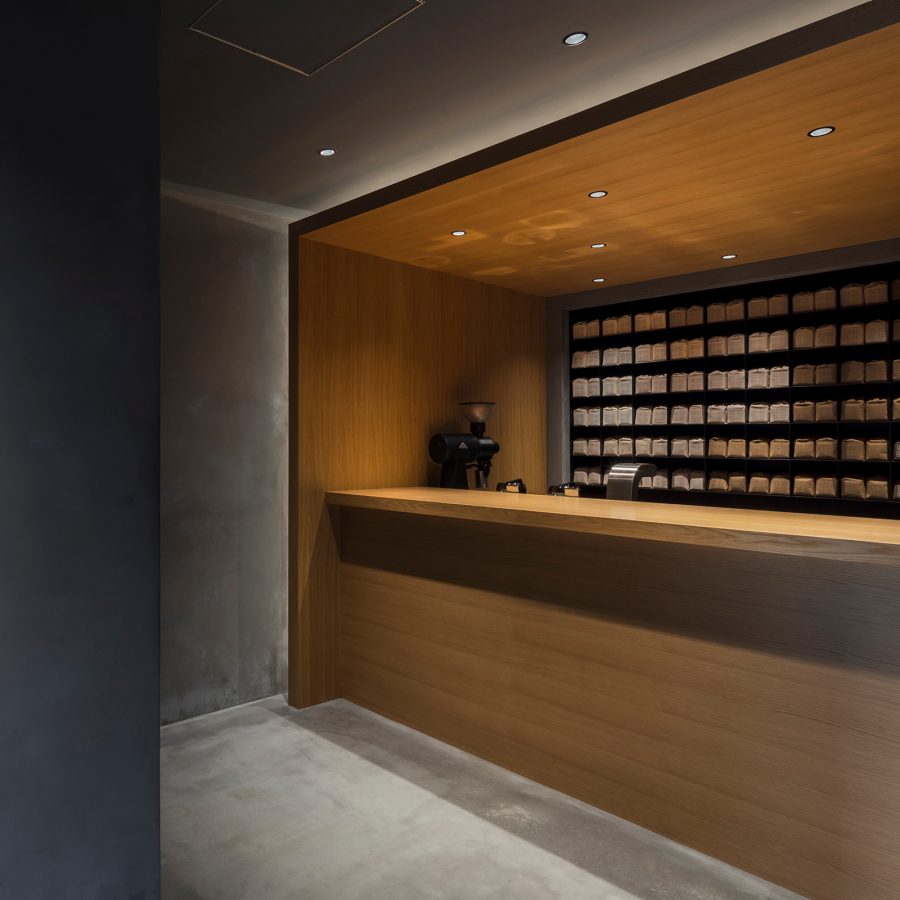
Credit: From Koffee
4. Koffee Mameya
Located in a former warehouse on the eastern side of the city, the Kakeru branch of Koffee Mameya is a cult favourite for a caffeine hit. Baristas in white lab coats prepare flights of coffee behind a massive three-sided counter. Naturally, the beans are freshly ground, the temperature of the water is precise and timers are used to manage pour overs. Aficionados will also revel in the selection of coffee cocktails, while the amicable baristas are bursting with passion and only too happy to talk tasting notes, techniques and bean types.
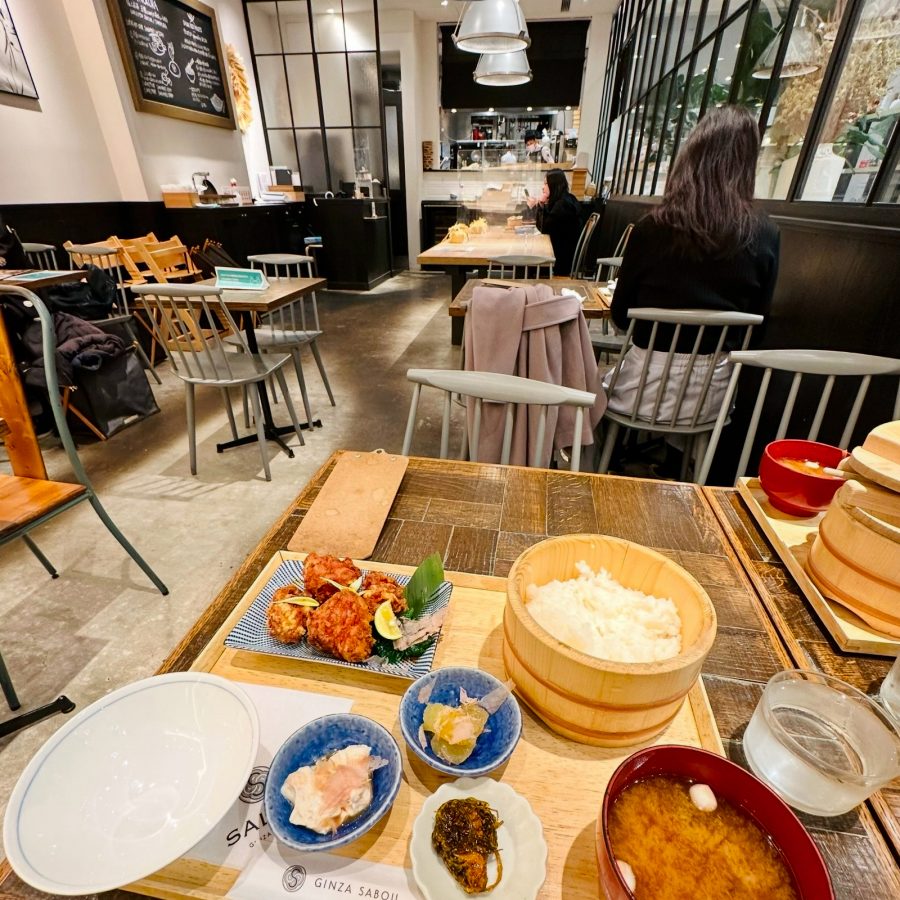
Credit: Yukari Sakamoto
5. Salon Ginza Sabou
In the basement of the Ginza Tokyu Plaza sits Salon Ginza Sabou , a brightly lit café serving teishoku set meals; these consist of a main course served with miso soup, side dishes and rice. The menu changes daily with grilled seafood, salmon or Pacific mackerel on rotation, but especially popular is the karaage fried chicken. For those with a sweet tooth, don’t miss the matcha parfait – it’s decoratively served in a wooden box, with white chocolate and mascarpone cheese, and the matcha is raked like sand in a Japanese garden.
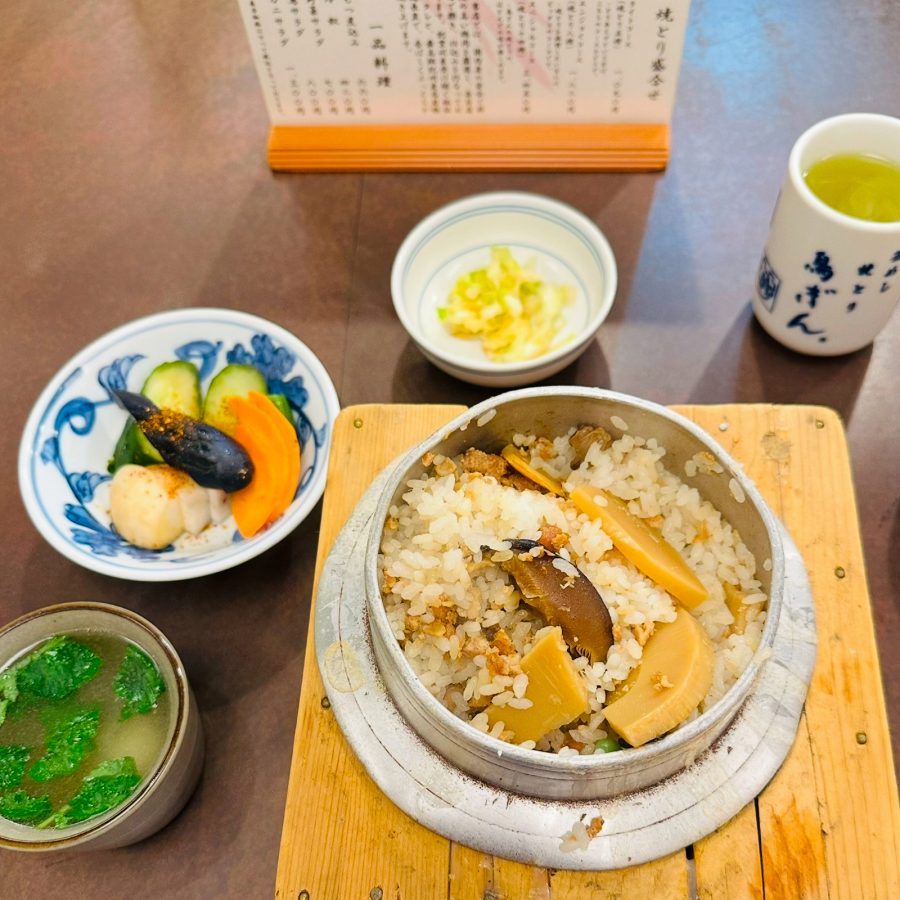
Credit: Yukari Sakamoto
6. Torigin Honten
While most famous for its shopping, the glitzy Ginza district is also noteworthy for its range of restaurants, romantically hidden down the narrow pedestrian streets between buildings. Torigin Honten specialises in yakitori skewers and kamameshi. The latter tradition sees rice cooked in a metal pot with ingredients such as ground chicken, bamboo shoots, shiitake mushrooms or wild mountain vegetables. For a typical yakitori, different parts of the chicken are cut into bite-sized pieces, skewered and grilled over binchotan white charcoal – chosen because it retains a high temperature without producing smoke, cooking the chicken quickly while keeping it succulent and juicy.
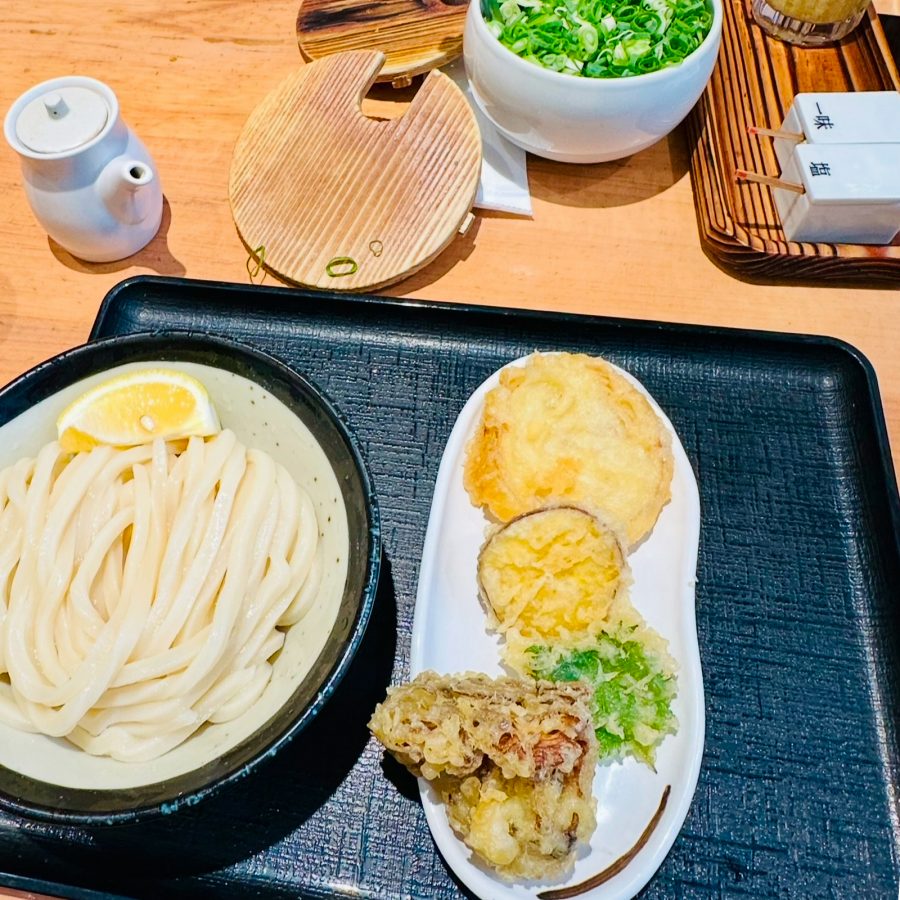
Credit: Yukari Sakamoto
7. Hoshino
A busy lunch spot often crammed with Nihonbashi office workers by noon, famed noodle house Hoshino originates from Kagawa, a prefecture on Shikoku island where more udon is consumed than rice. Here, handmade wheat noodles can be enjoyed hot or cold, simply seasoned with soy sauce and a squeeze of a tart kabosu citrus. Hoshino’s menu also offers udon topped with beef curry, or a sesame miso with ground meat, while crispy vegetable or seafood tempura is an essential addition to the experience.
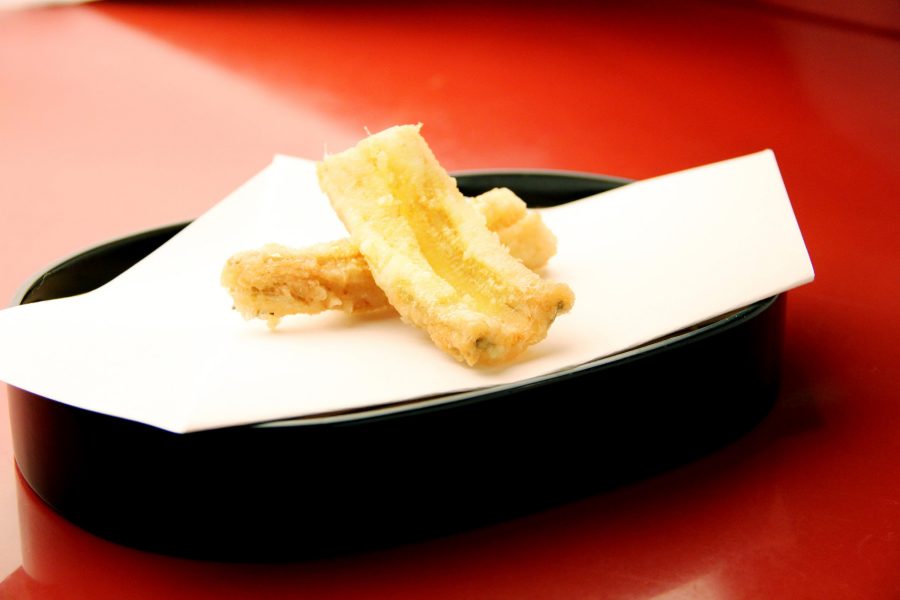
Credit: Tempura Tenko
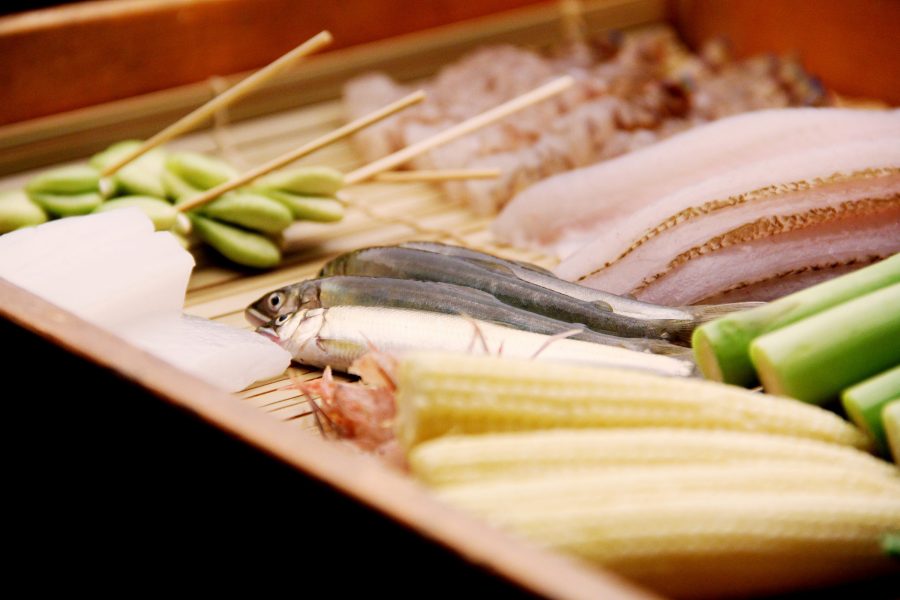
Credit: Tempura Tenko
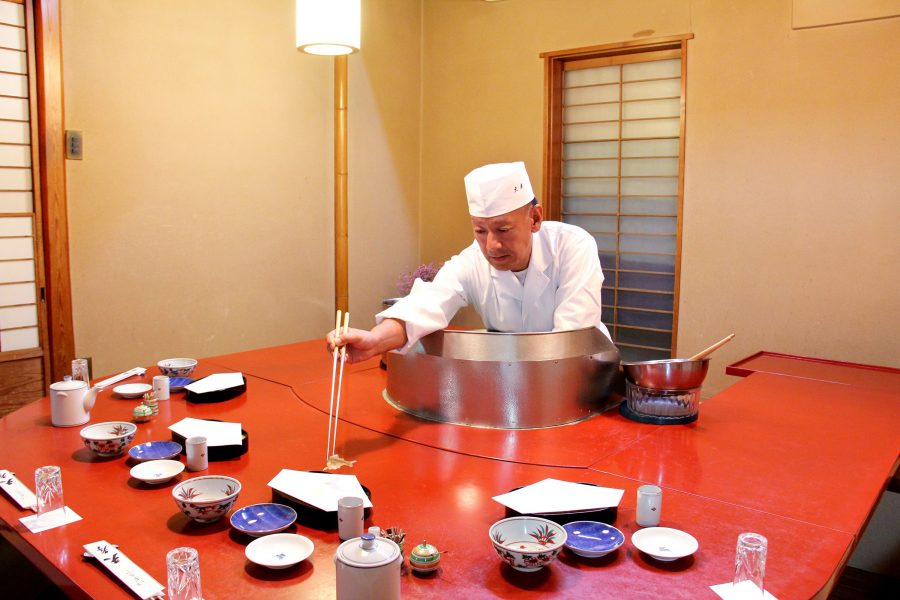
Credit: Tempura Tenko
8. Tempura Tenko
On a cobblestone backstreet in Kagurazaka district sits a former geisha house now transformed into the intimate Tempura Tenko restaurant. Inside, Hitoshi Arai has hosted world-famous chefs including Nobu Matsuhisa. They come for the same thing we all do – that delicate take on tempura typically only found at high-end restaurants. Arai dips seasonal ingredients like sansai bitter spring vegetables, fava beans, lotus root and ginkgo nuts – along with seafood such as anago eel and shrimp – into a batter and fries until golden and crispy. Garnish with a sprinkle of salt, or dip into a soy sauce with grated daikon.
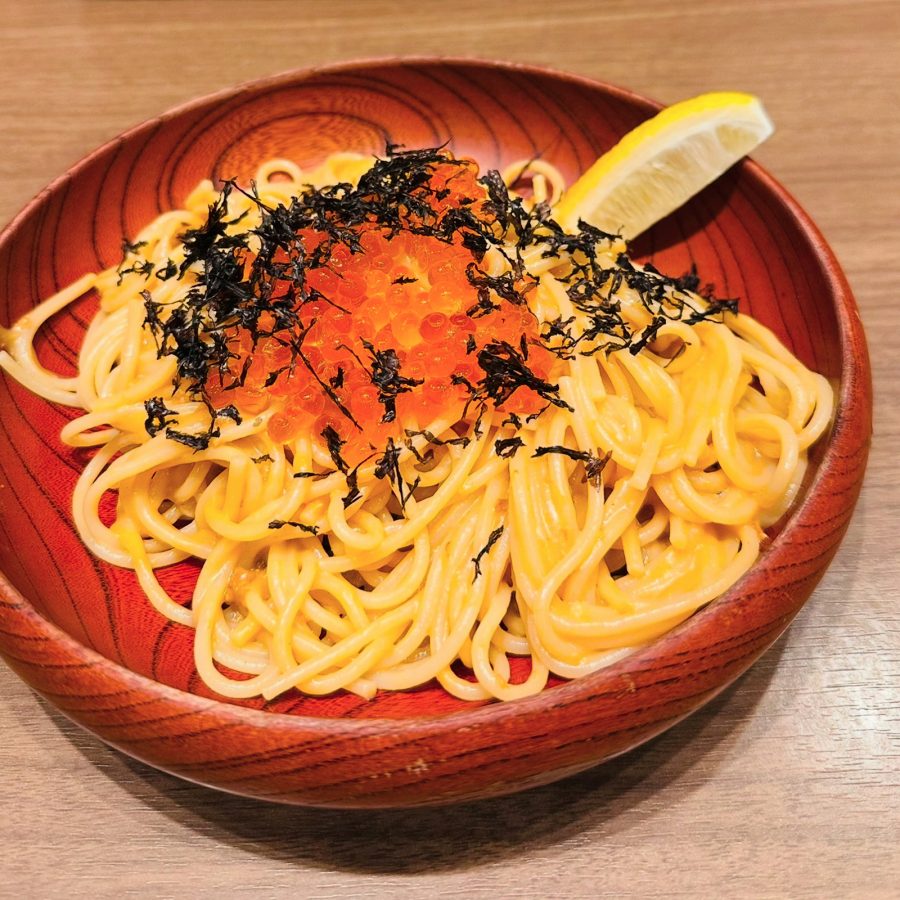
Credit: Yukari Sakamoto
9. Kabe no Ana
A spaghetti dish mixed with East Asian ingredients may be the purest form of fusion cuisine. Dating back to 1953, Kabe no Ana is hailed as the originator of wafu Japanese-style pasta, with its debut dish tarako consisting of salted pollack roe over spaghetti, garnished with crispy nori. The main shop is on a pedestrian backstreet in Shibuya, with outposts across the city.
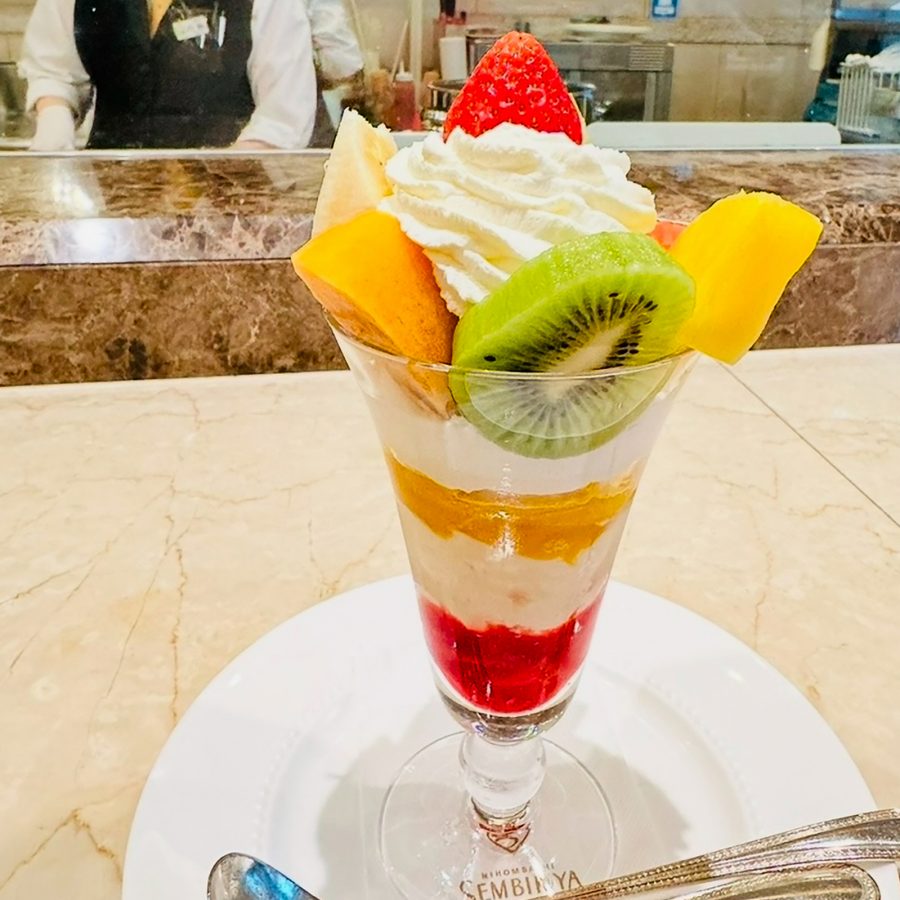
Credit: Yukari Sakamoto
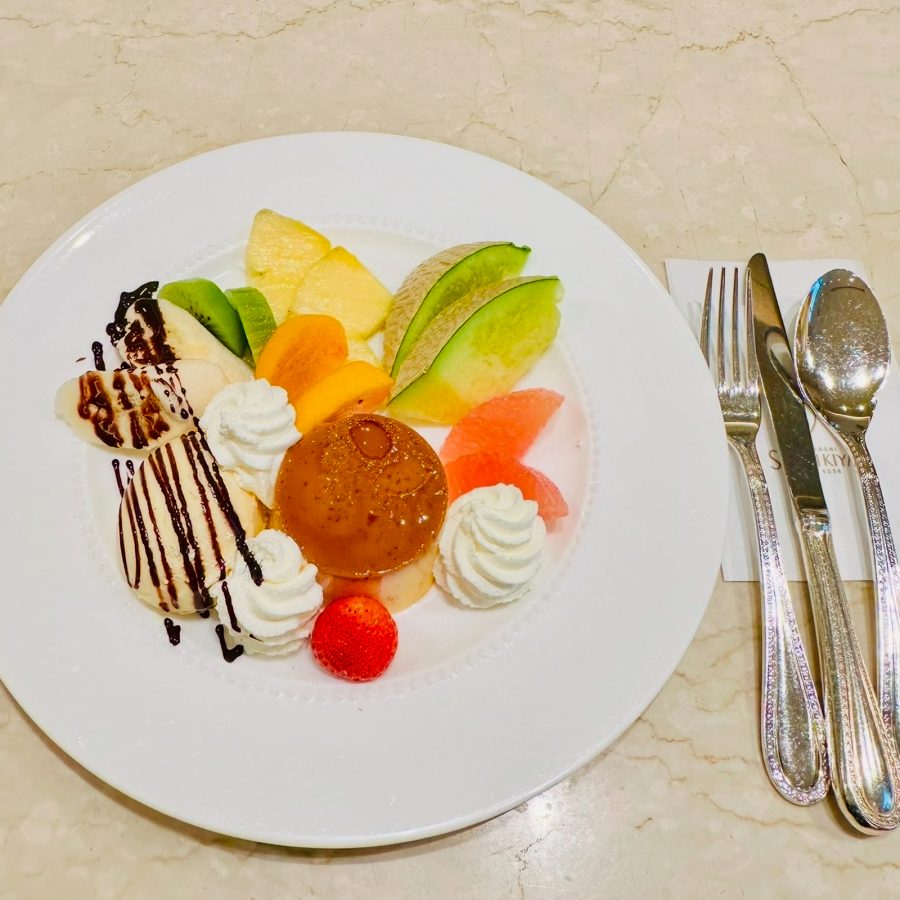
Credit: Yukari Sakamoto
10. Sembikiya
The ritual of gifting flawless fruit at the peak of seasonality finds its home in the historic Nihonbashi district, where Sembikiya began as a small stall in 1834. At today’s modern parlour, prize pieces of fruit are presented in wooden boxes, cradled in soft packaging to prevent bruising. Meanwhile at an upstairs café, a sense of calm permeates amid high ceilings and white tablecloths. Choosing from a long menu of parfaits and seasonal fruits, diners sitting at the counter can watch staff slice their wares as meticulously as any sushi chef.
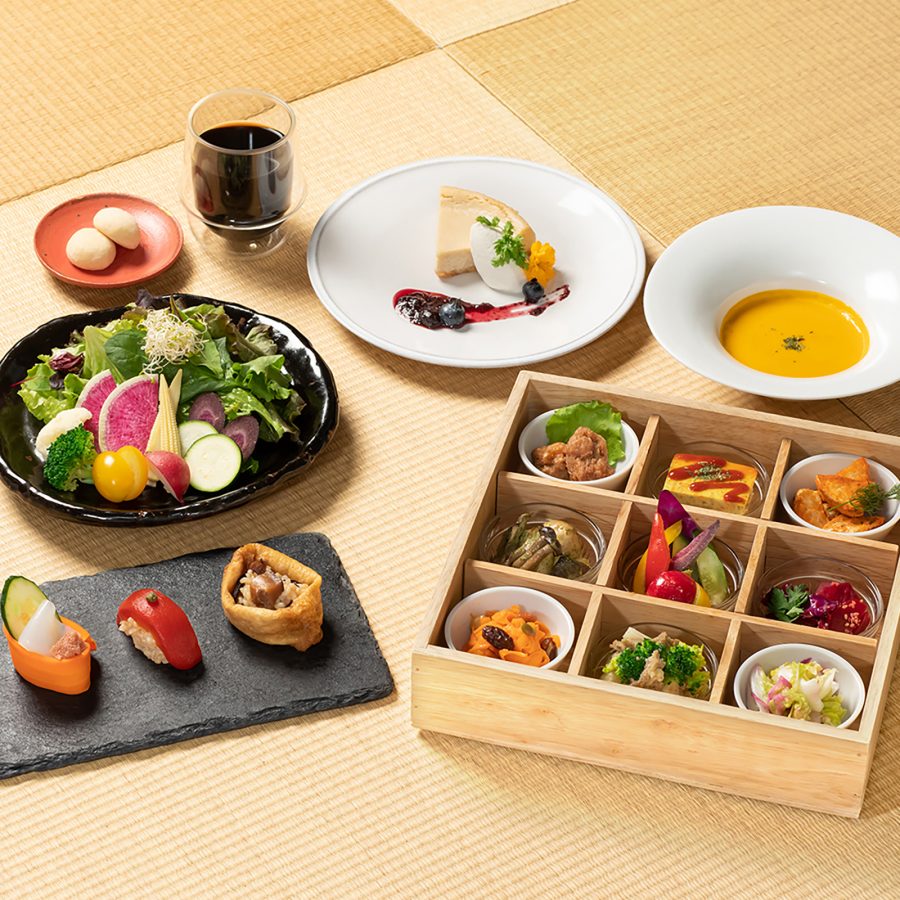
Credit: Ain Soph
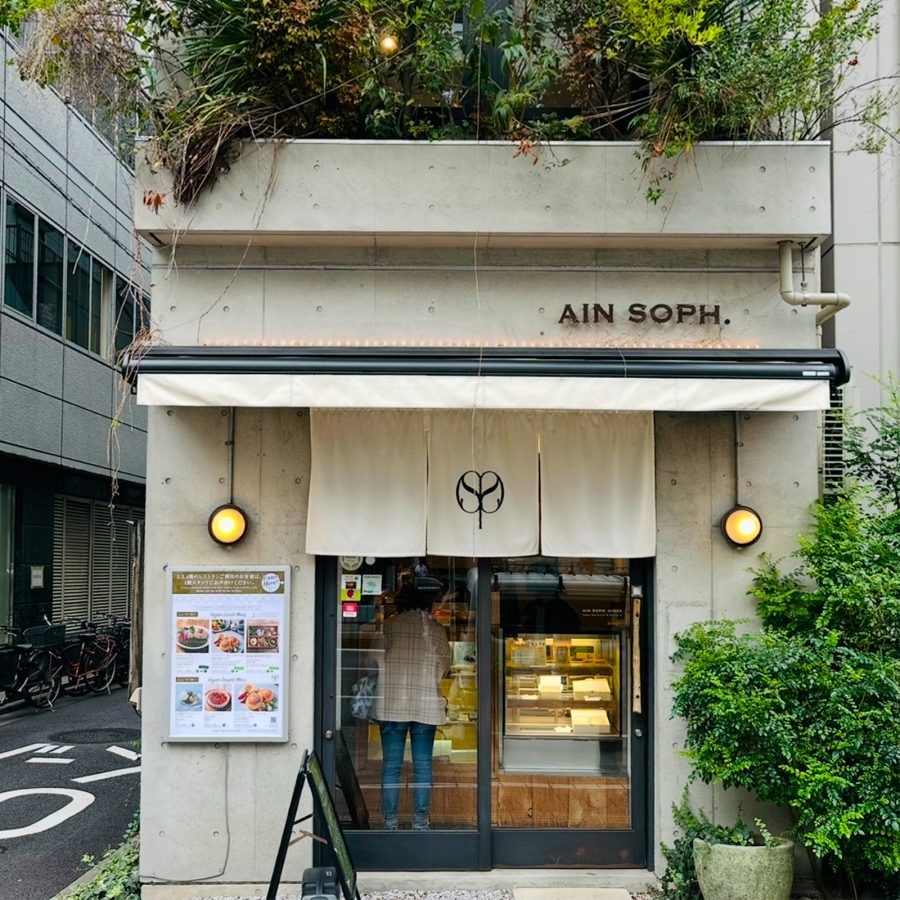
Credit: Yukari Sakamoto
11. Ain Soph
Vegan restaurant chain Ain Soph serves colourful vegetables in salads, soups and meat-free spins on Japanese classics – with karaage fried “chicken” and breaded cutlets made with well-seasoned soy products. Genmai brown rice makes a tasty partner to the spinach curry with slices of crunchy renkon lotus root, while the vegan Spanish omelette is all about tofu and potatoes. At the Ginza branch, the ground floor serves as a patisserie offering take-away sweets and treats.

Credit: Yukari Sakamoto
12. Shodai
In a handy spot near Ebisu Station, the chic space of Shodai specialises in handmade soba and sake-friendly small bites like fried gingko nuts and sweet potatoes, creamy yuba sheets of soybean skin, and grilled yakimiso studded with soba grains. For something heartier, a popular hit is the curry udon noodles, served in a spicy broth with a white potato topping that looks more like whipped cream.
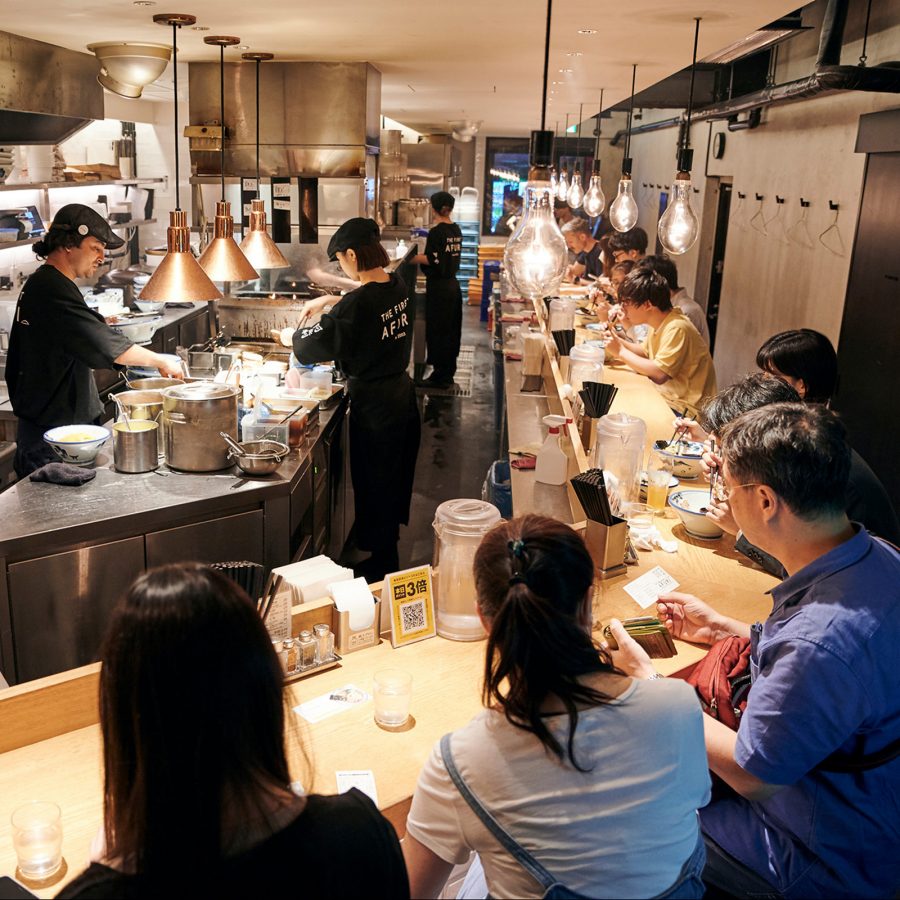
Credit: Afuri

Credit: Afuri
13. Afuri
At Afuri , diners are asked just how much fat topping they want on the house signature yuzu salt chicken ramen. Expect straight, thin noodles served in a rich clear broth topped with chashu pork, mizuna greens, egg and nori. Some branches also offer a seasonal vegan ramen topped with rainbow radish and kabocha squash. Made from a root vegetable, konnyaku, or konjac, noodles are an option for those watching their calories and carbs.
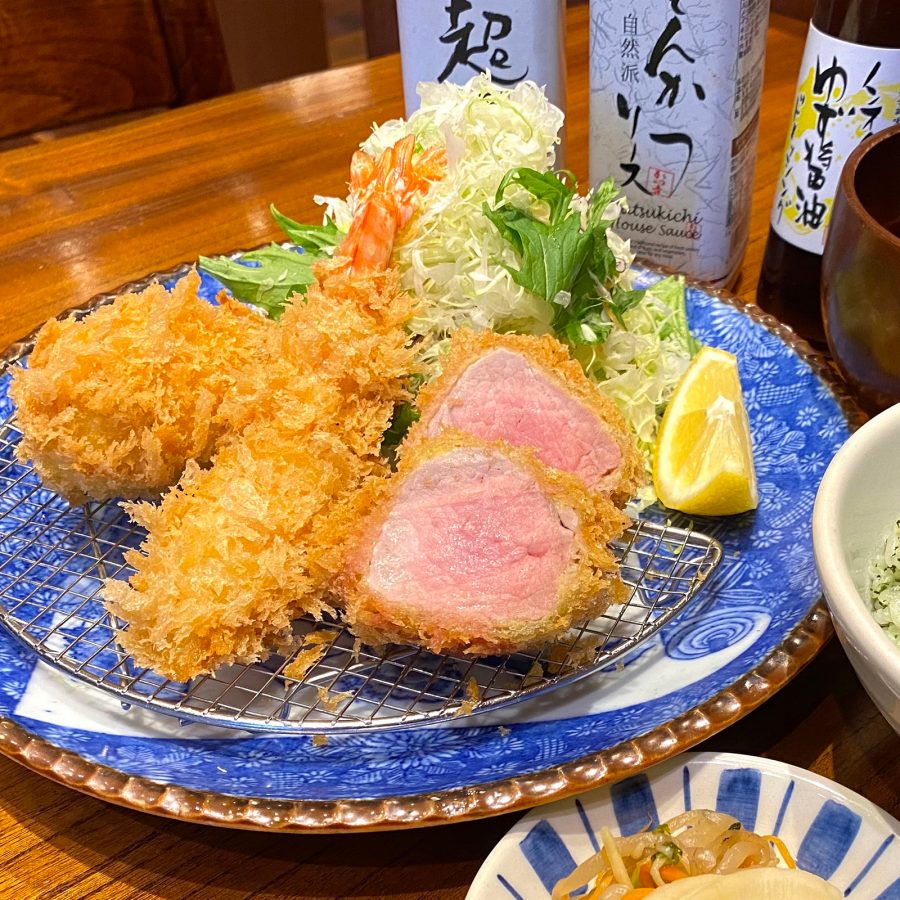
Credit: Katsukichi
14. Katsukichi
Established in 1958 and now with four branches across the city, Katsukichi is known for the carefully sourced providence of its tonkatsu pork cutlets – we recommend a tender slice from between the loin. Order your rice with shiso herb stirred in to give an extra dose of colour and taste, while julienned cabbage salad and miso soup refills are on the side. The warm decor features some mingei traditional folk-craft tableware to evoke a welcome sense of tradition. When in season, chefs also cook up moreish deep-fried prawns and oysters.
More inspiration
Tokyo travel information
- China – the Chinese Mainland, Hong Kong SAR, Macao SAR and Taiwan Region
- Hong Kong SAR - English
- Chinese Mainland (China) - English
- Taiwan, China - English
- 香港特別行政區 - 繁體中文
- 中国內地 - 简体中文
- 中國台灣 - 繁體中文
- Africa
- South Africa - English
- Asia
- Bangladesh - English
- Korea - English
- Singapore - English
- Cambodia - English
- 한국 - 한국어
- Sri Lanka - English
- India - English
- Malaysia - English
- Thailand - English
- Indonesia - English
- Maldives - English
- ประเทศไทย - ภาษาไทย
- Indonesia - Bahasa Indonesia
- Myanmar - English
- Vietnam - English
- Japan - English
- Nepal - English
- Việt Nam - tiếng Việt
- 日本 - 日本語
- Philippines - English
- Australasia
- Australia - English
- New Zealand - English







